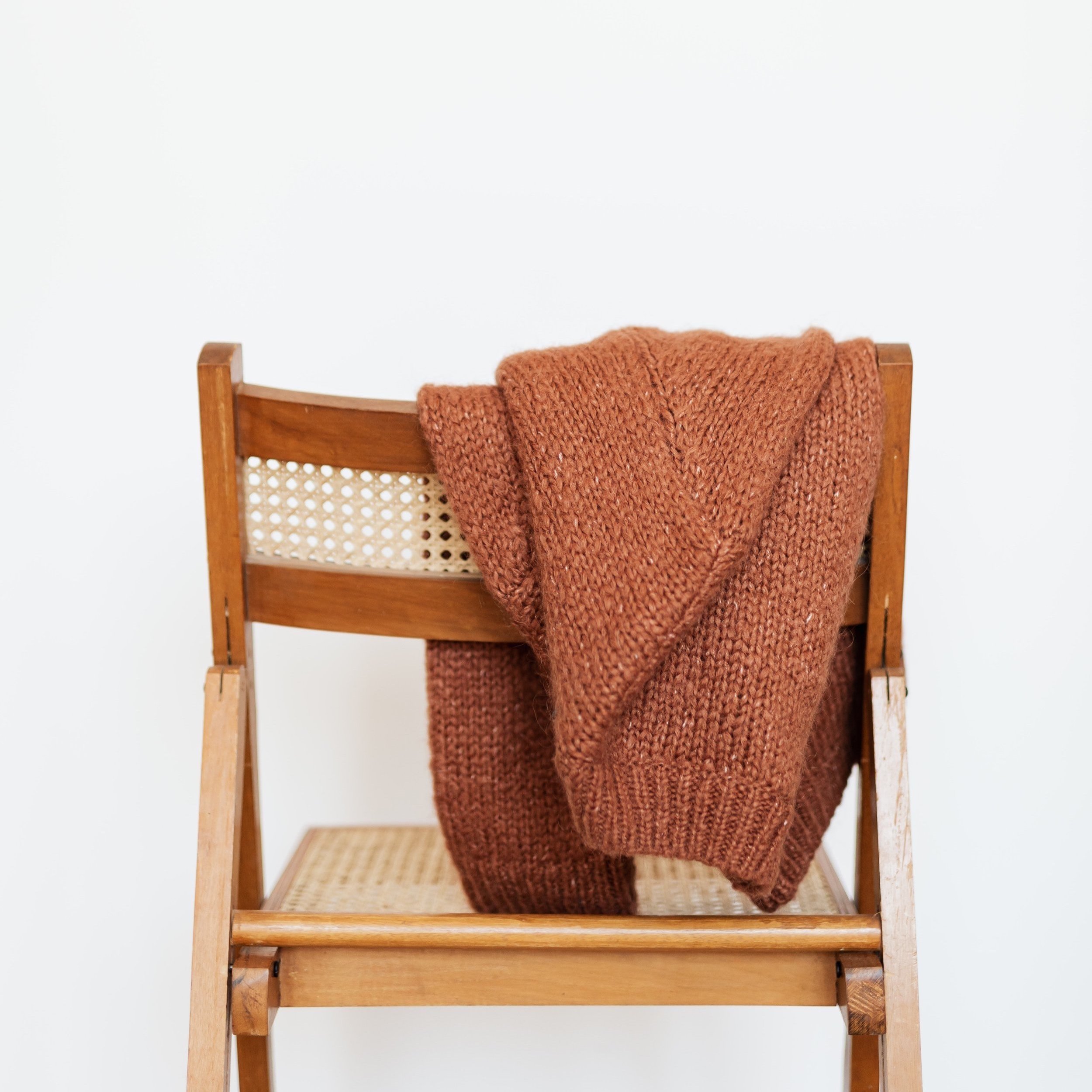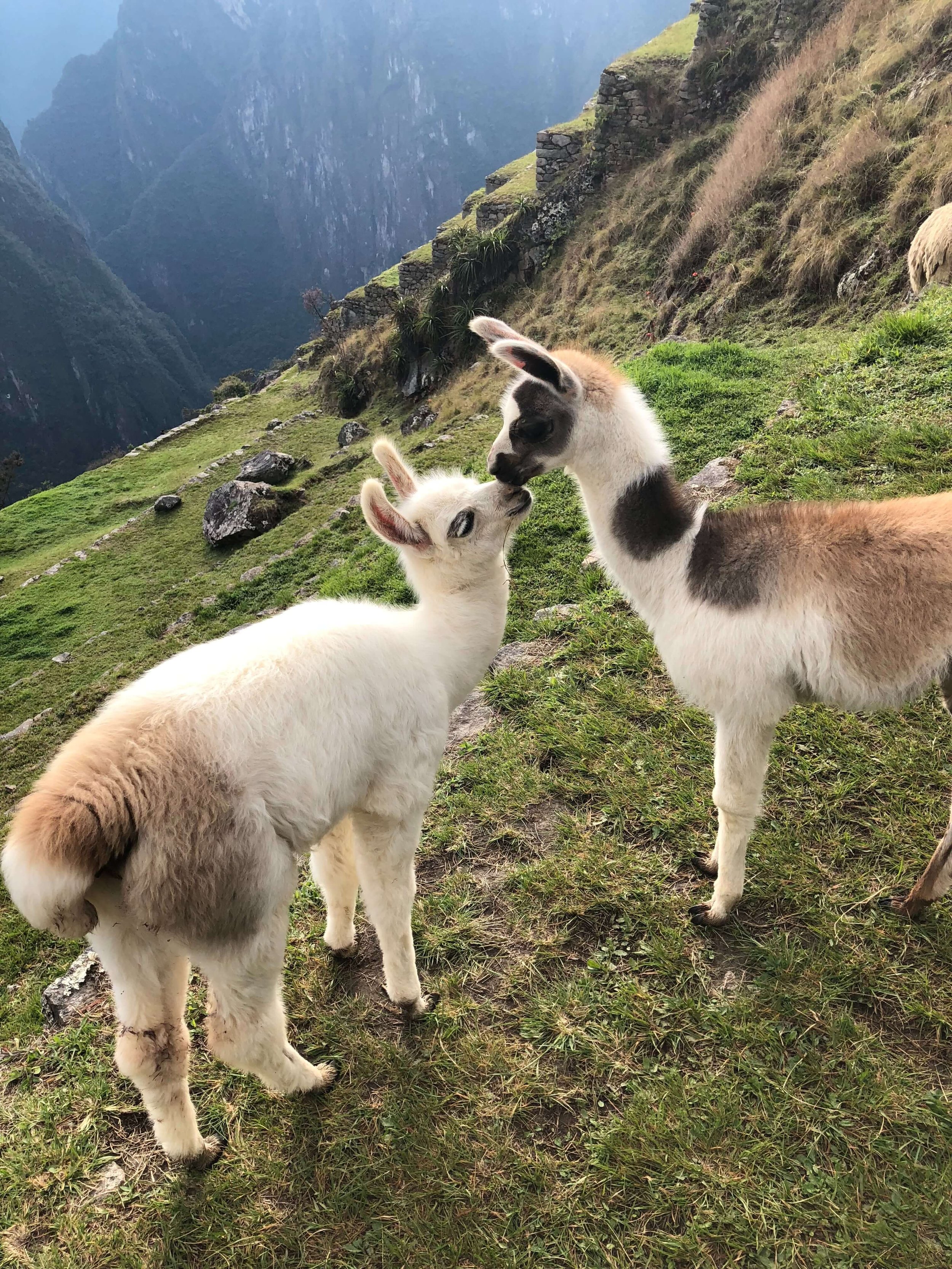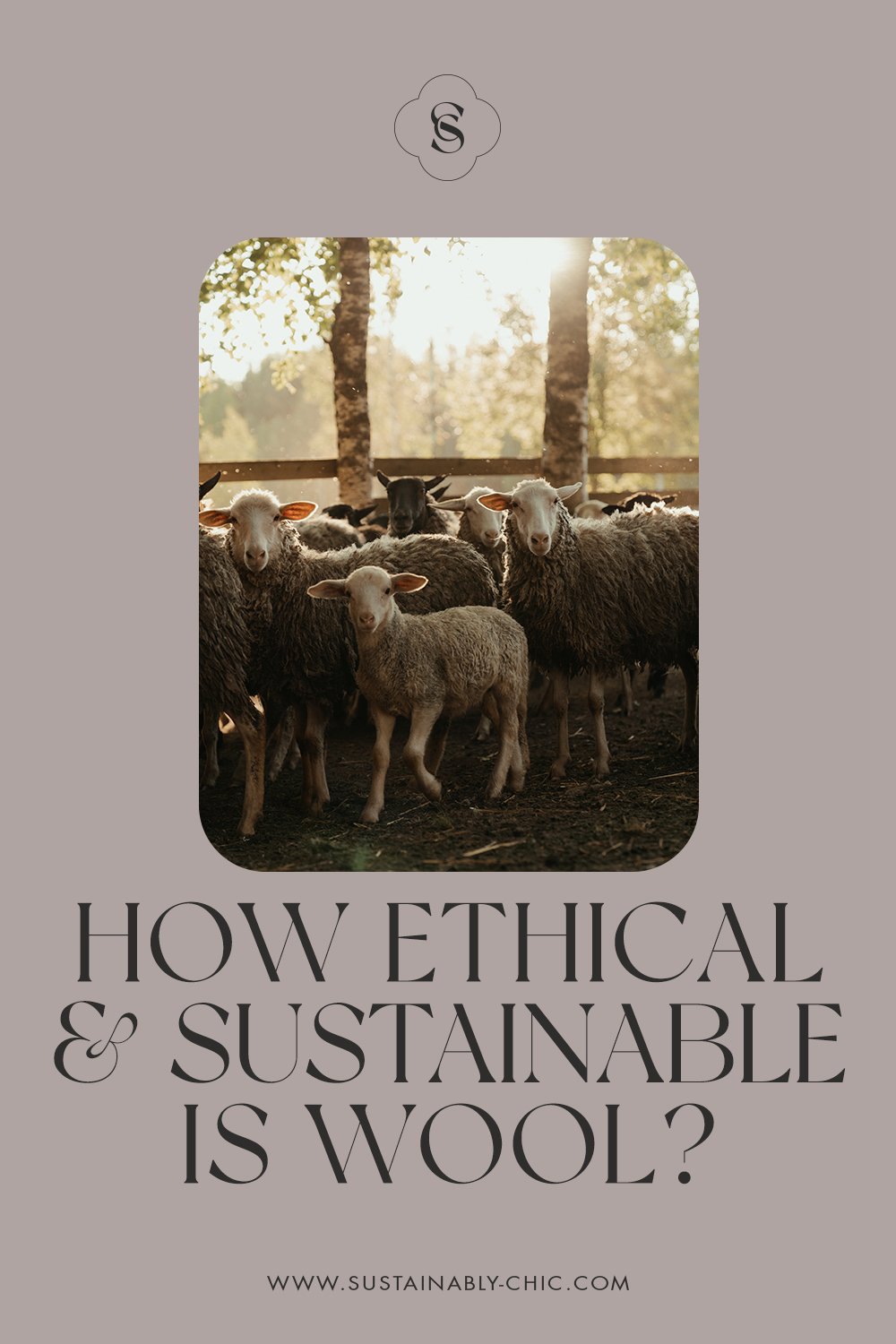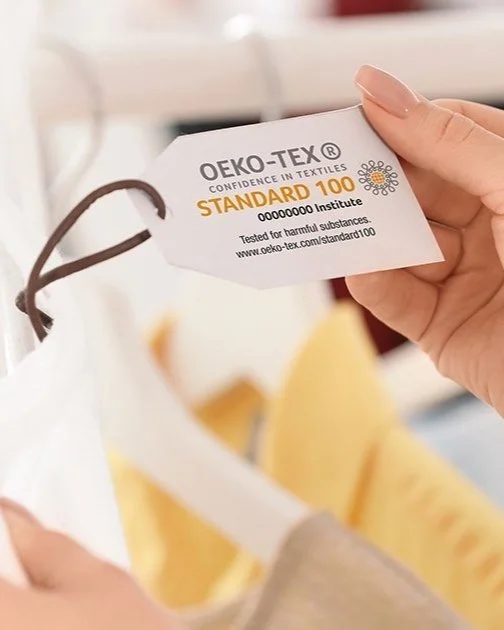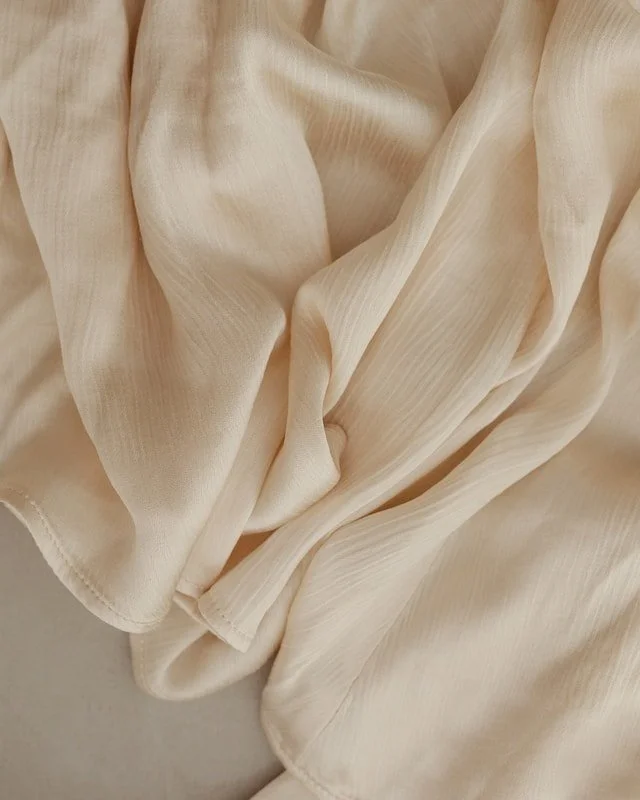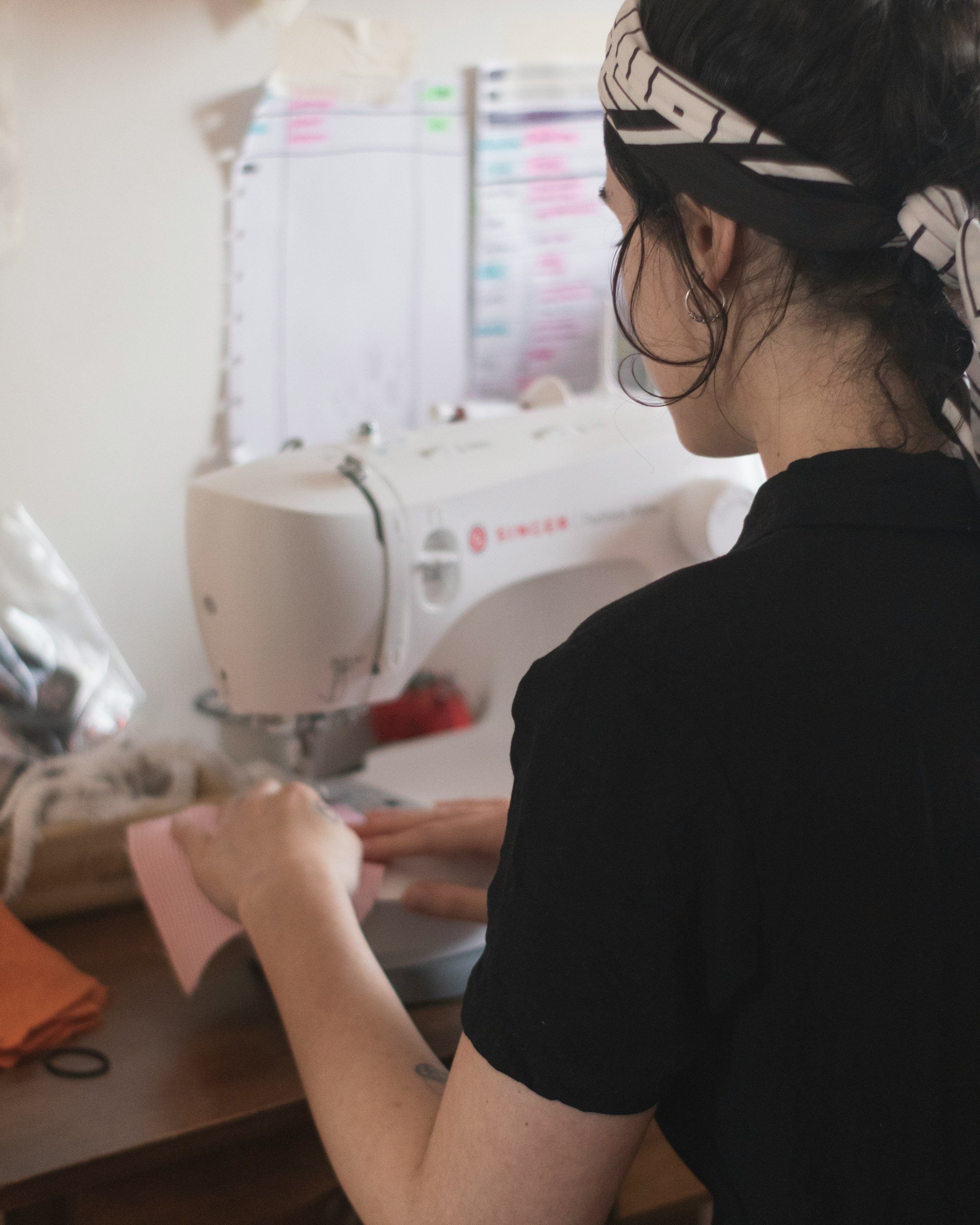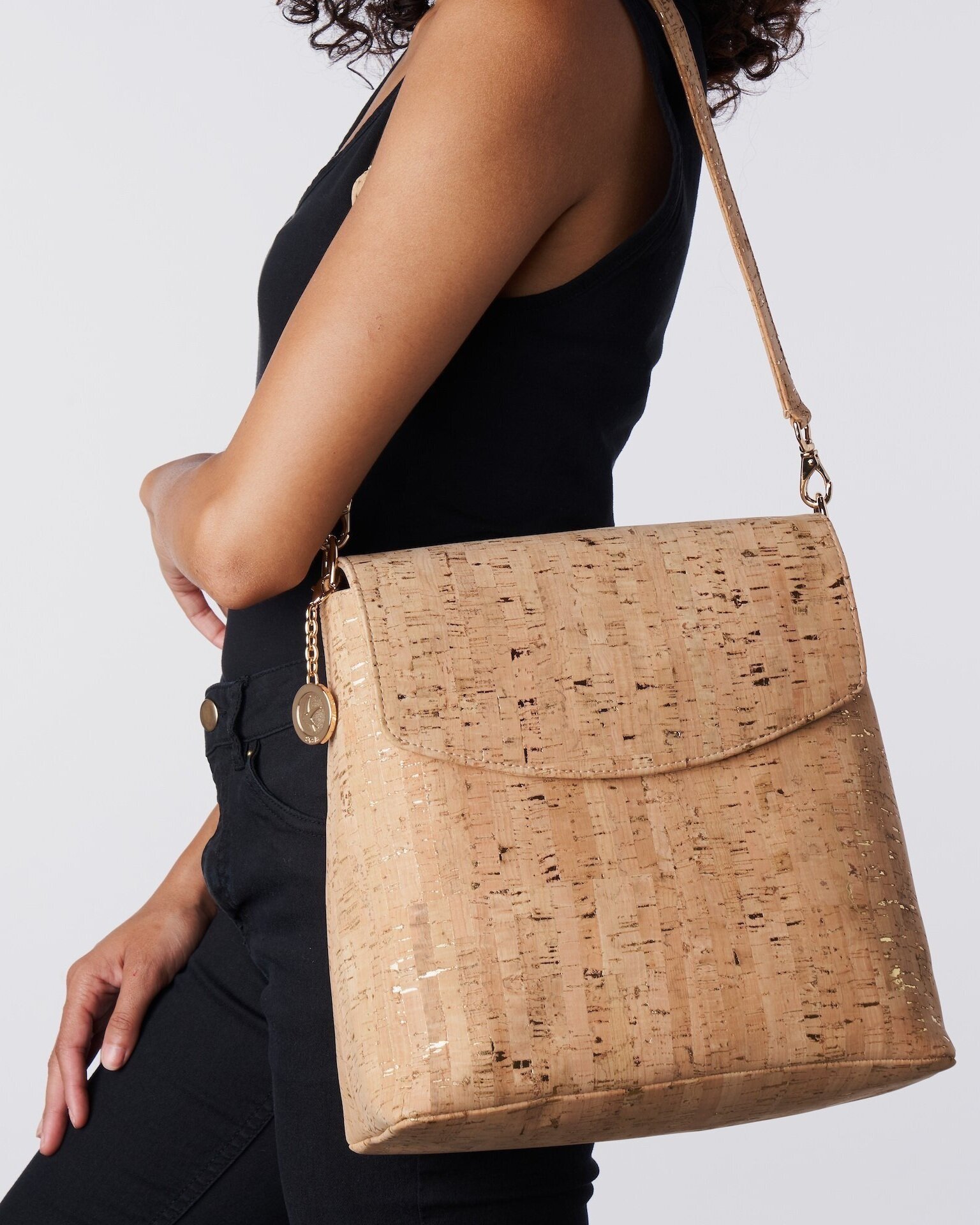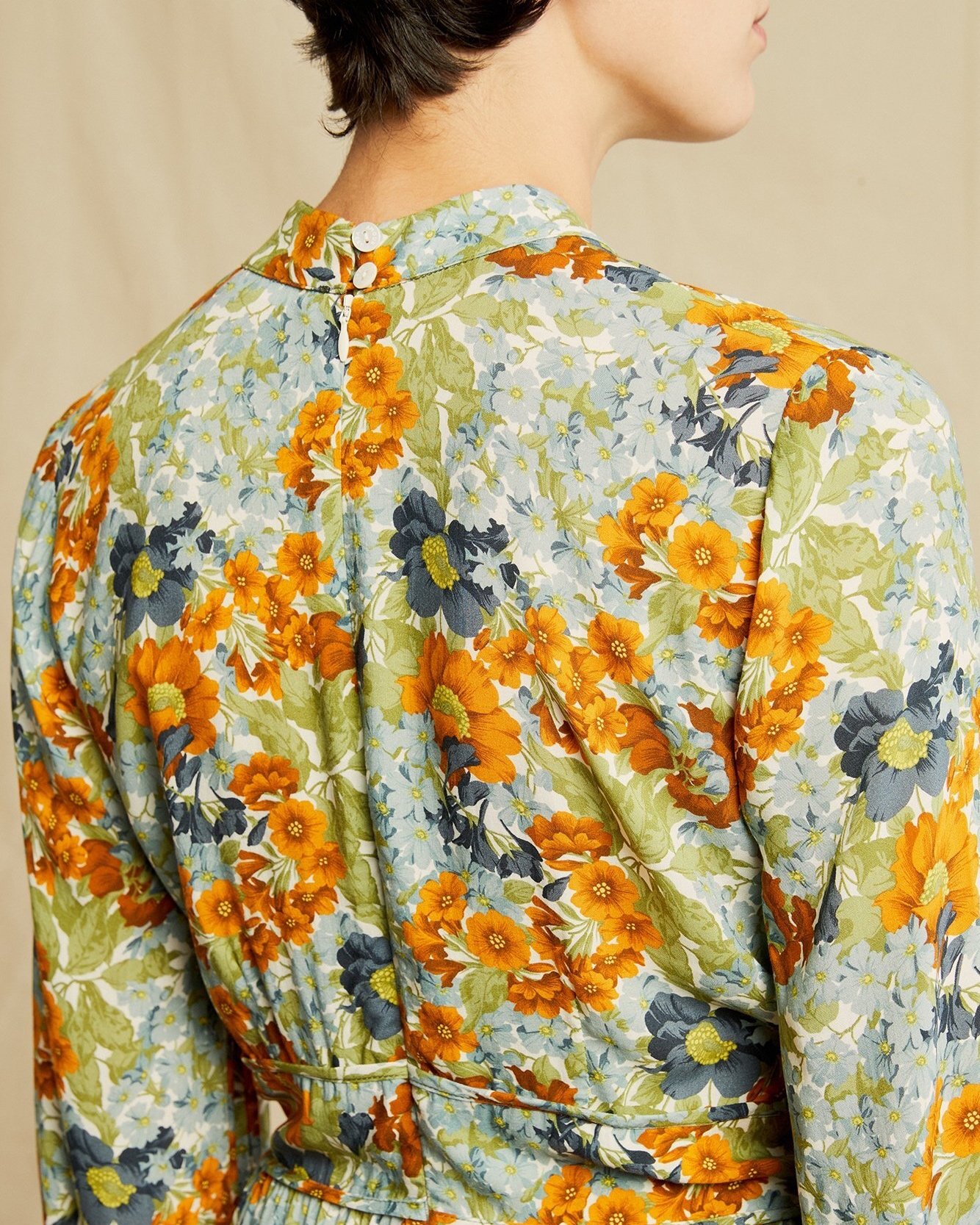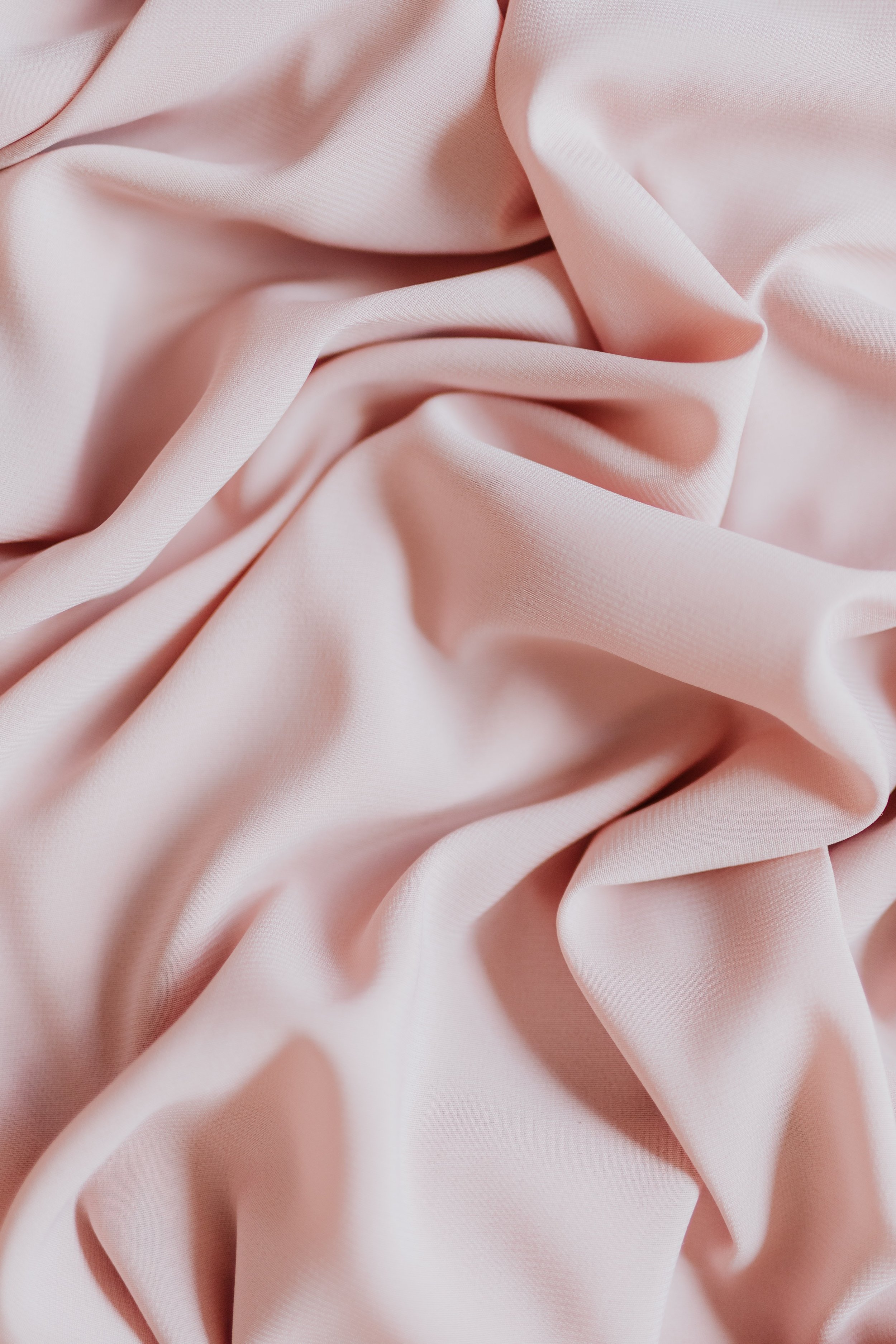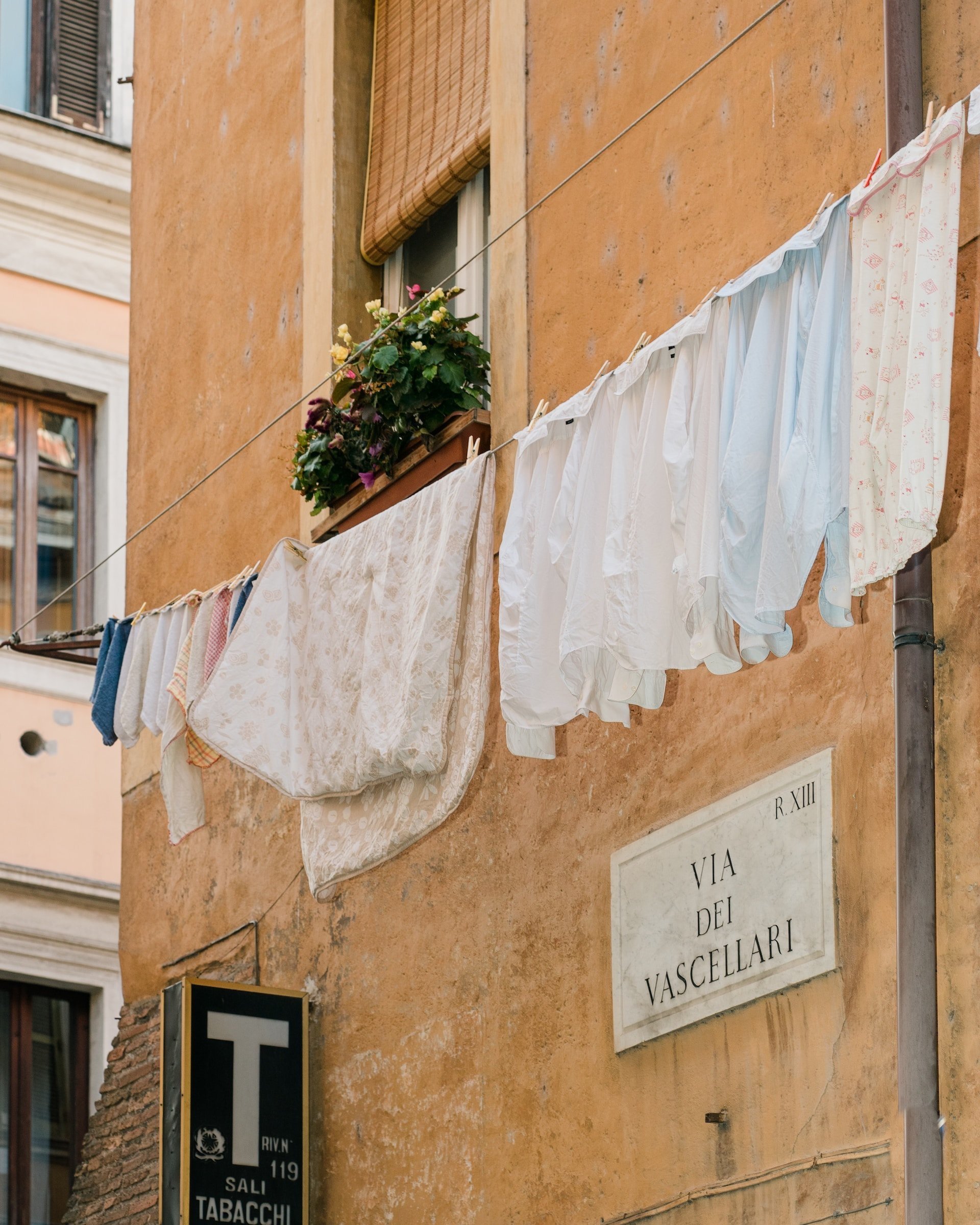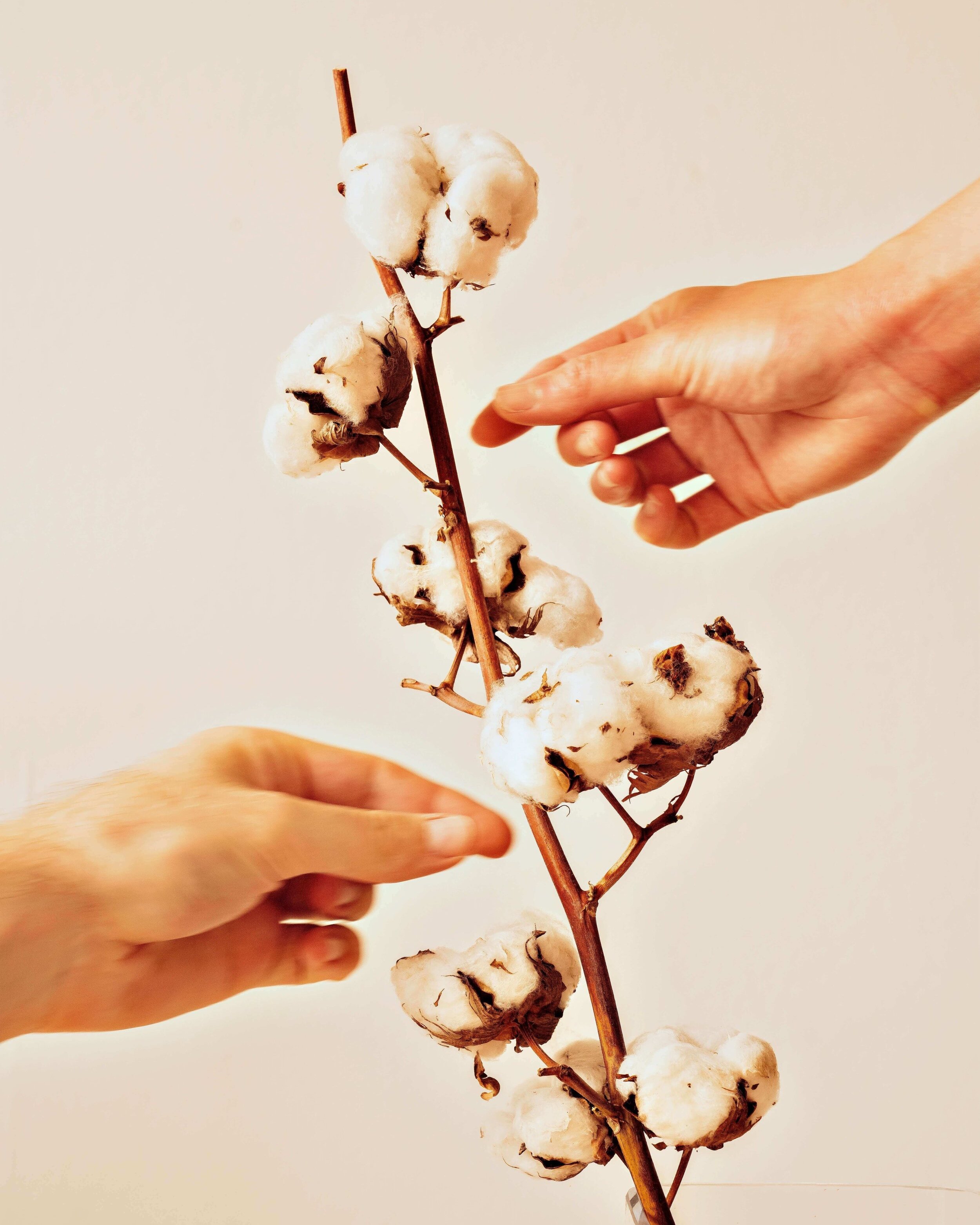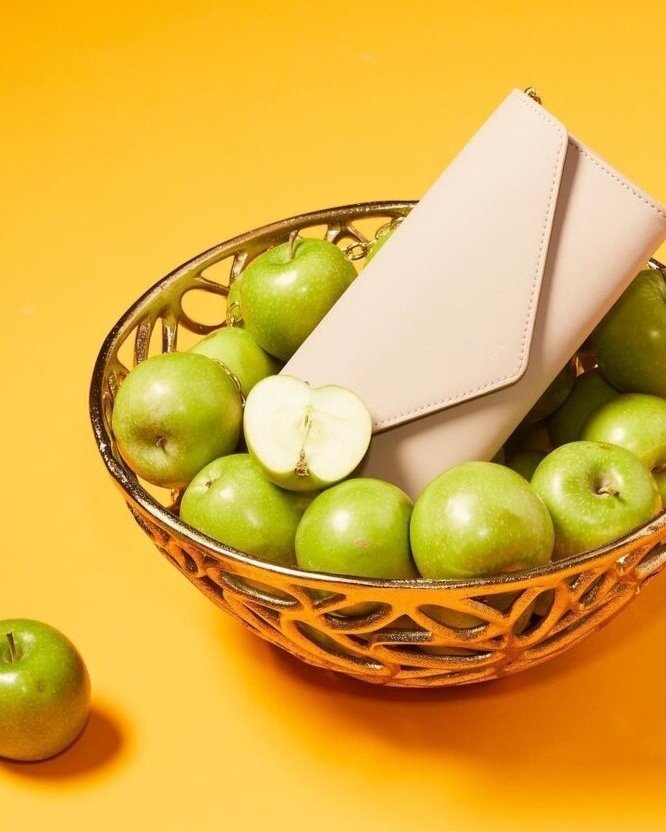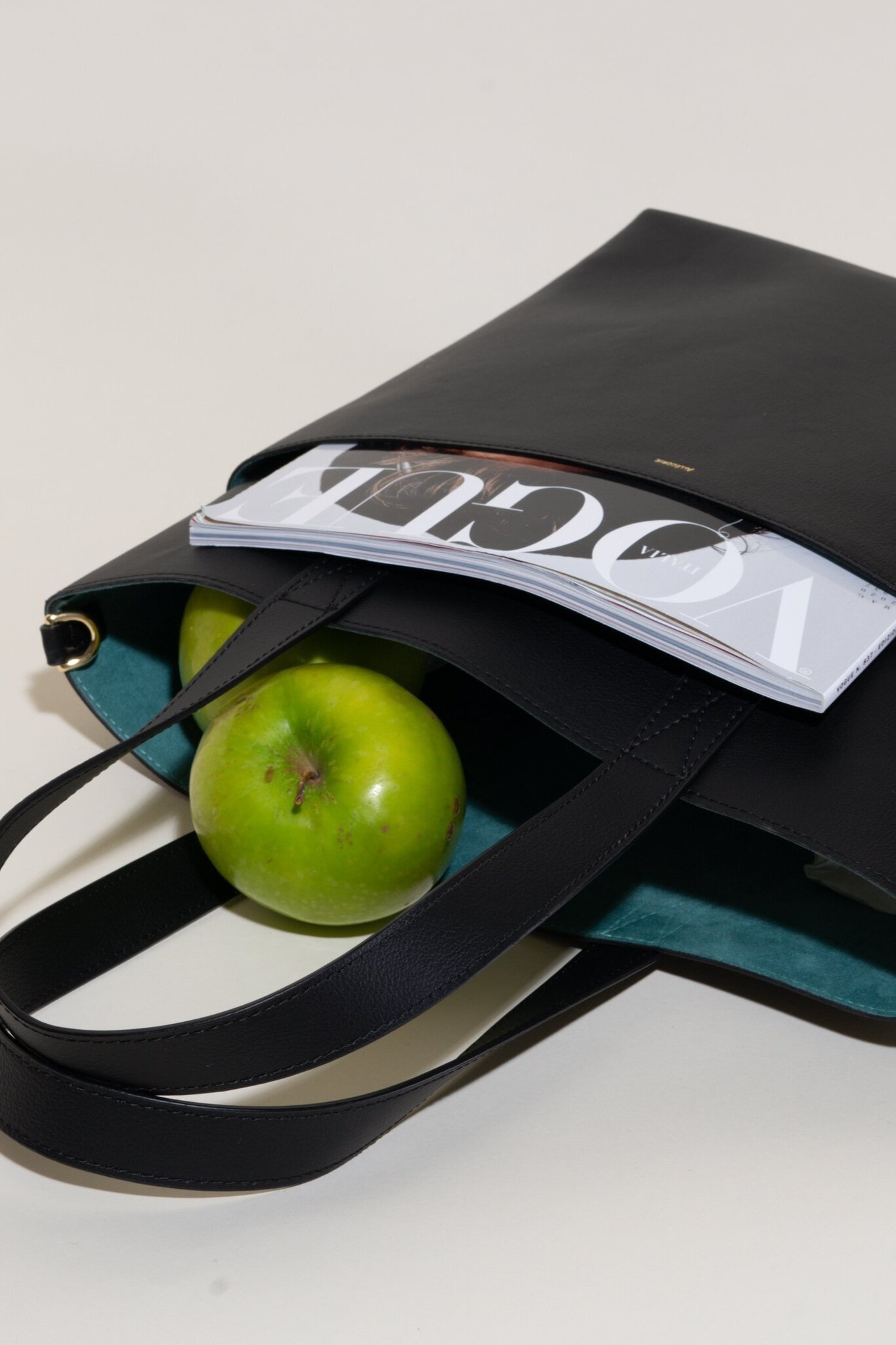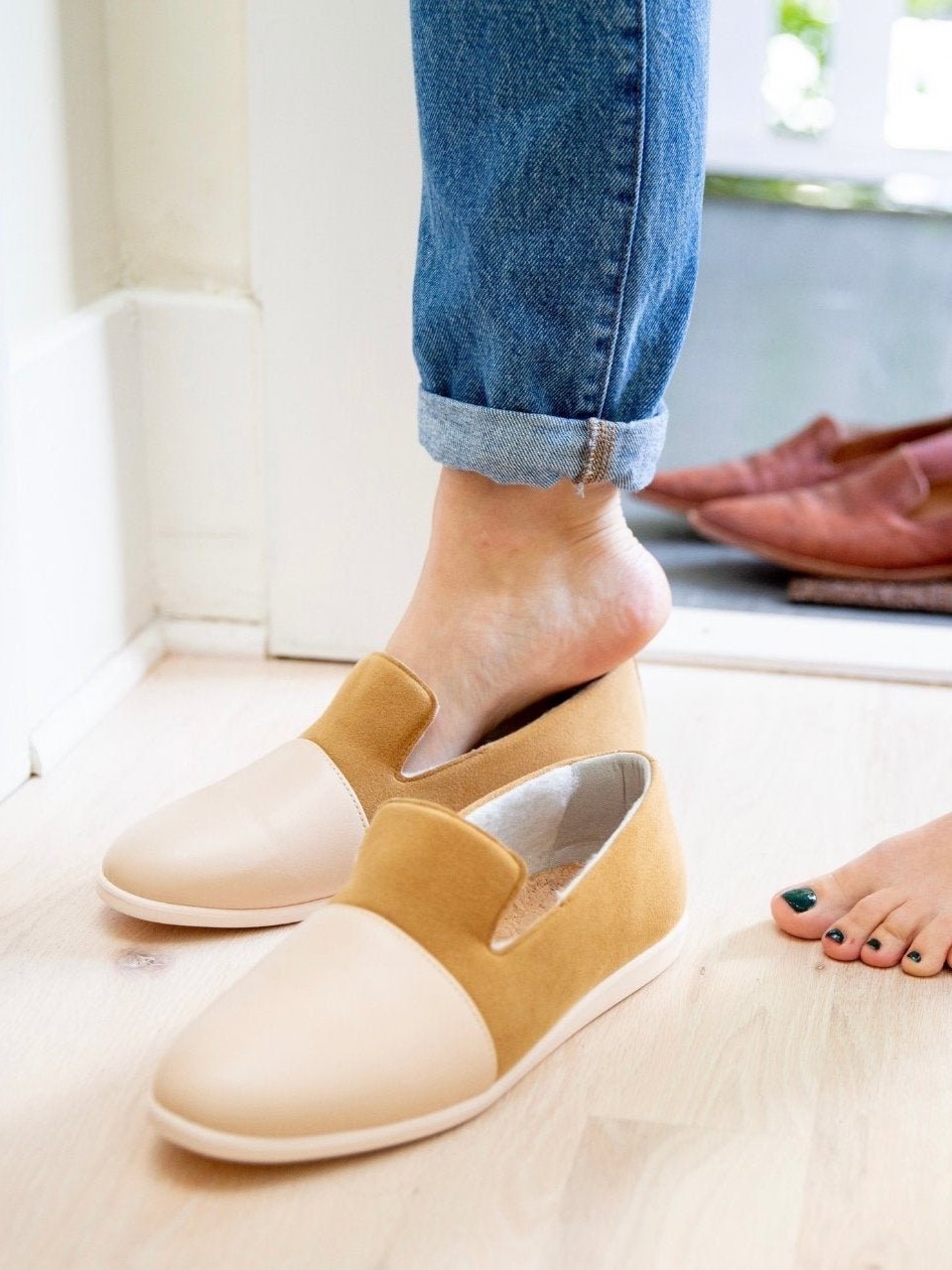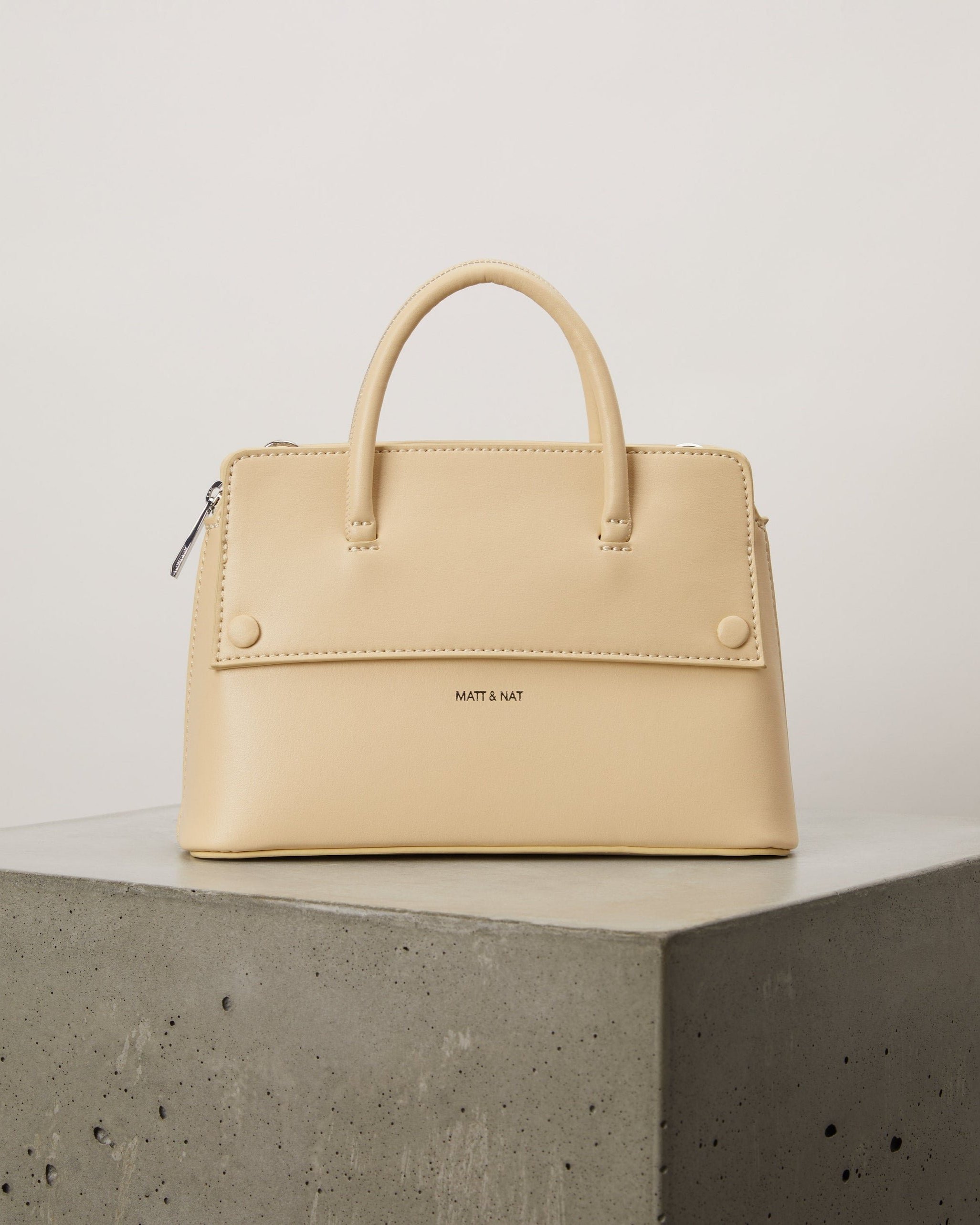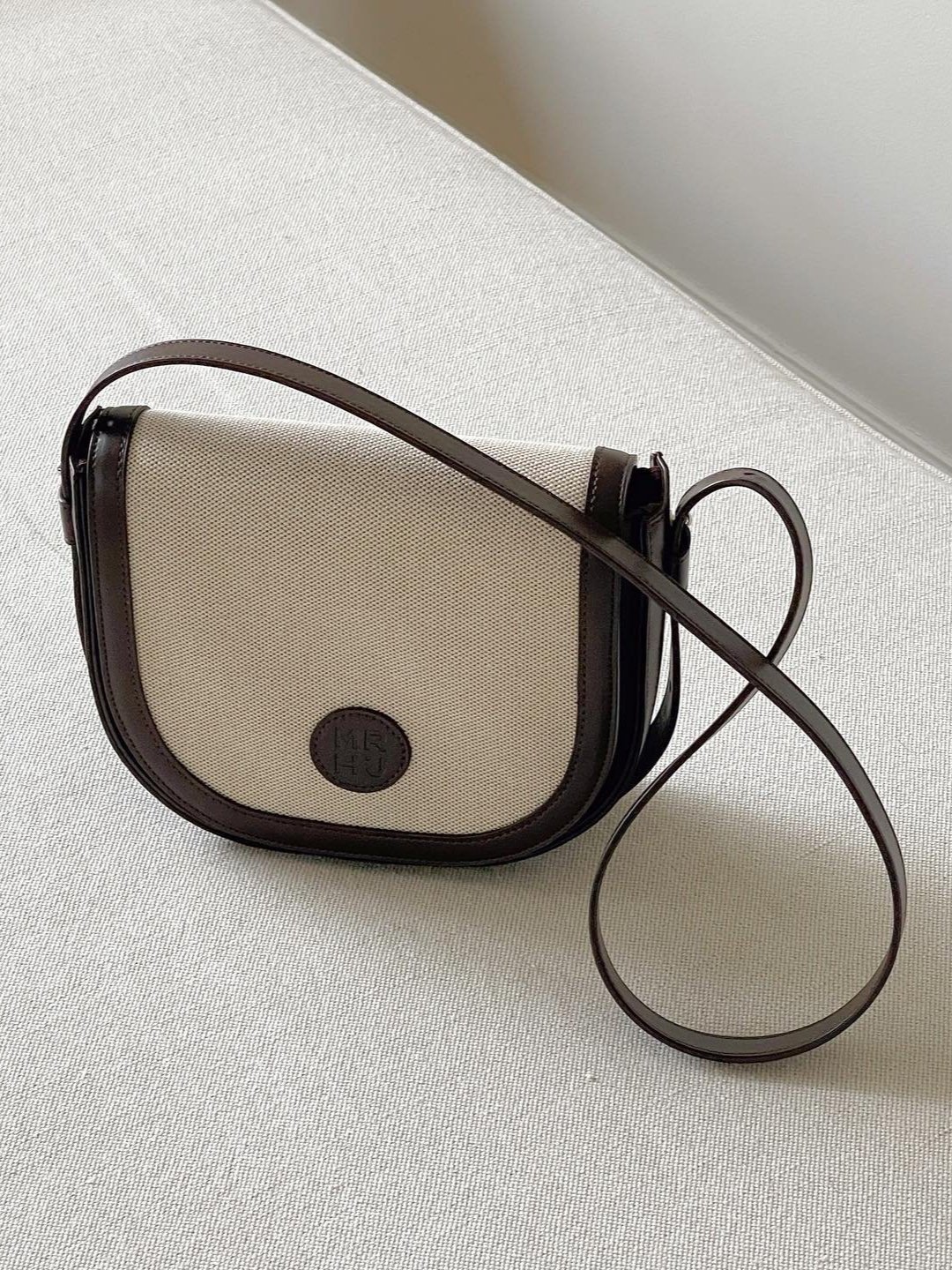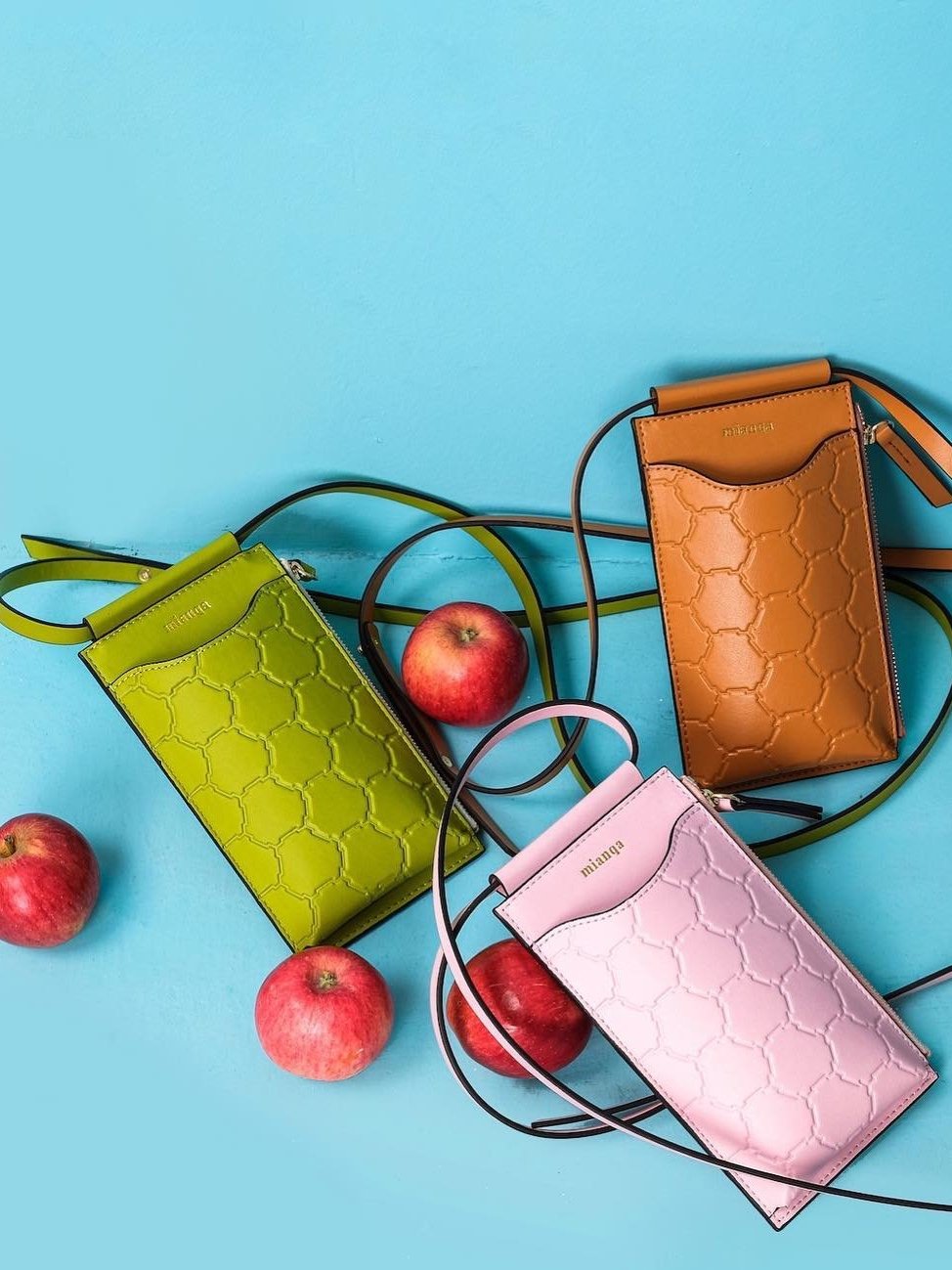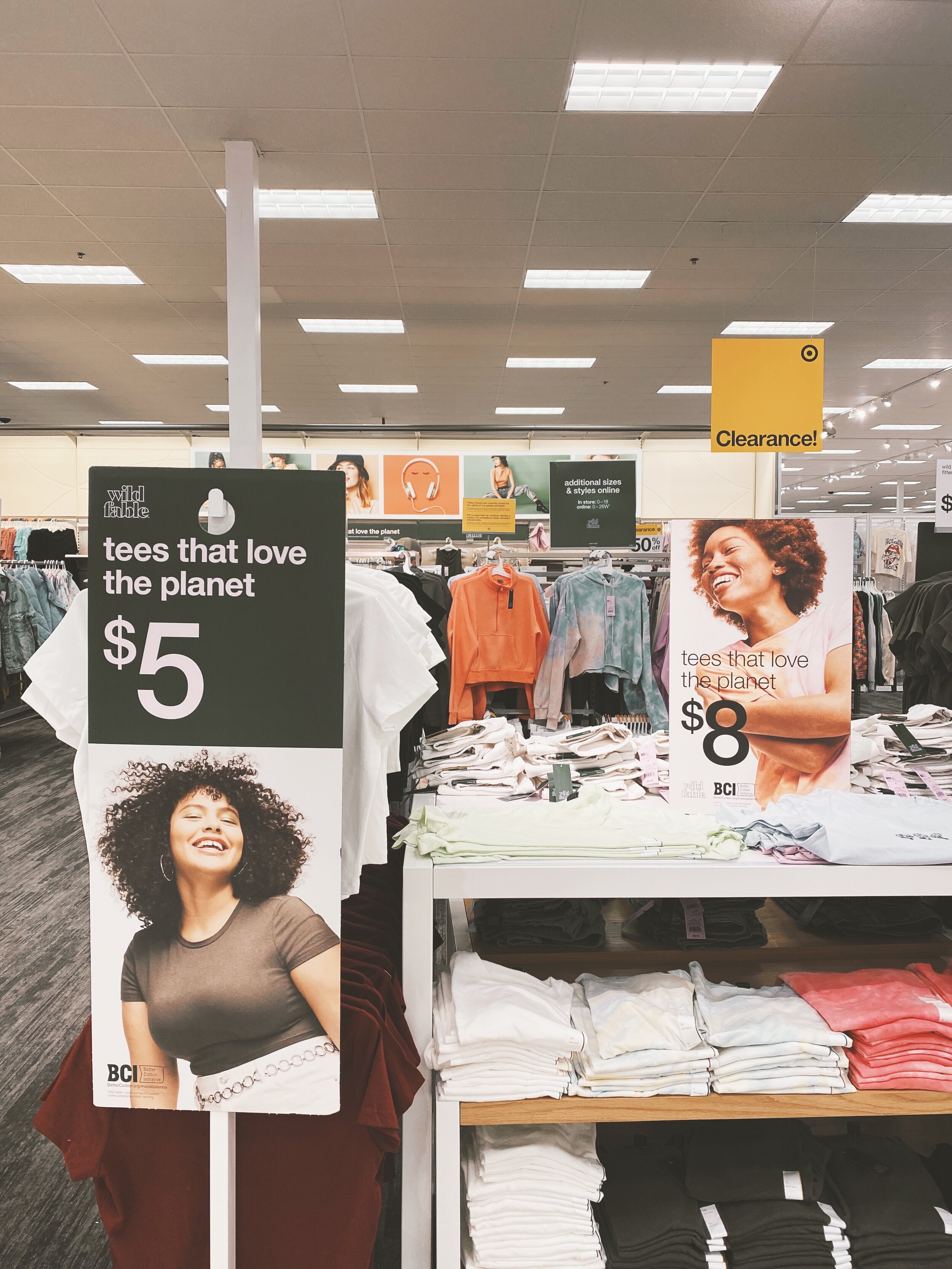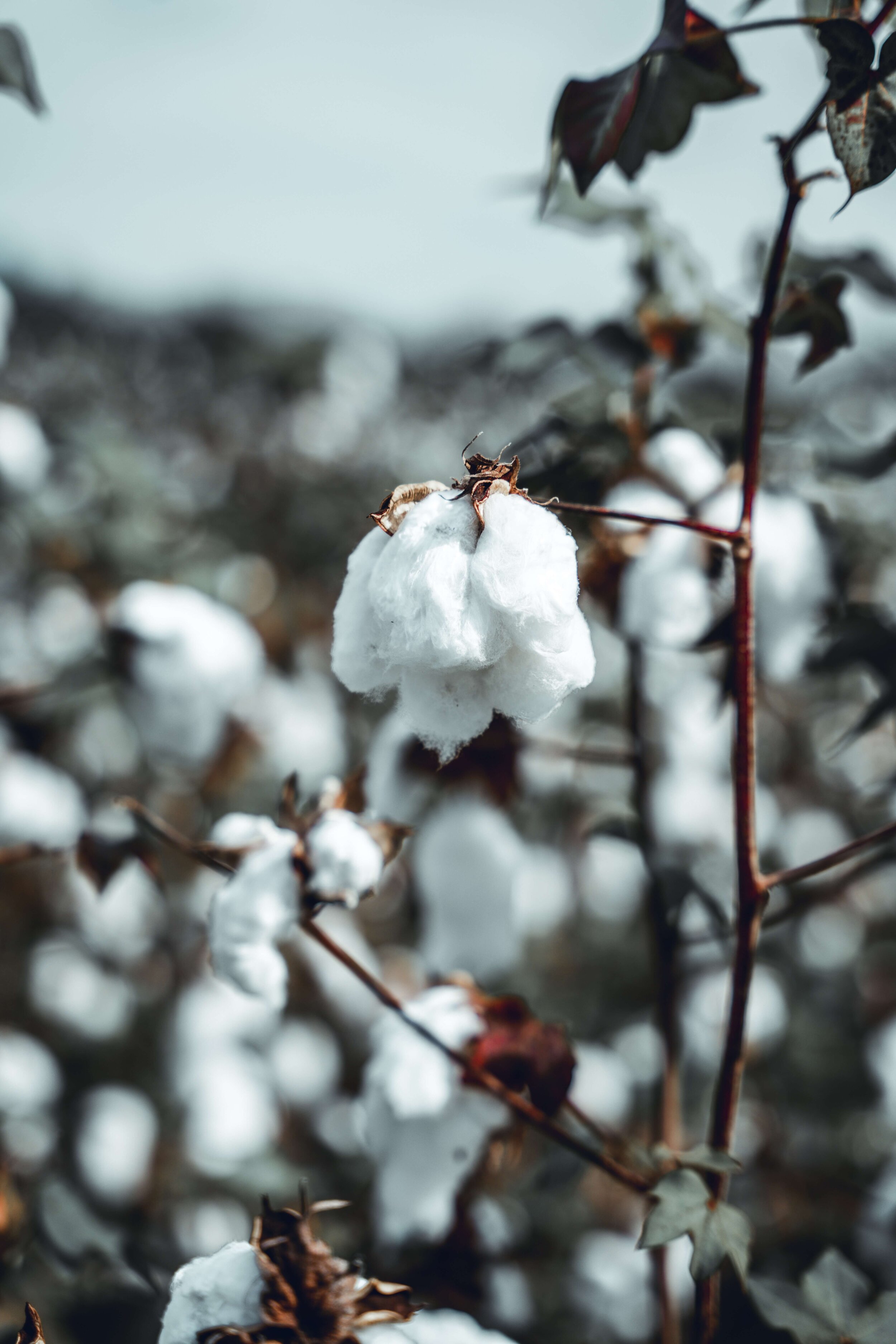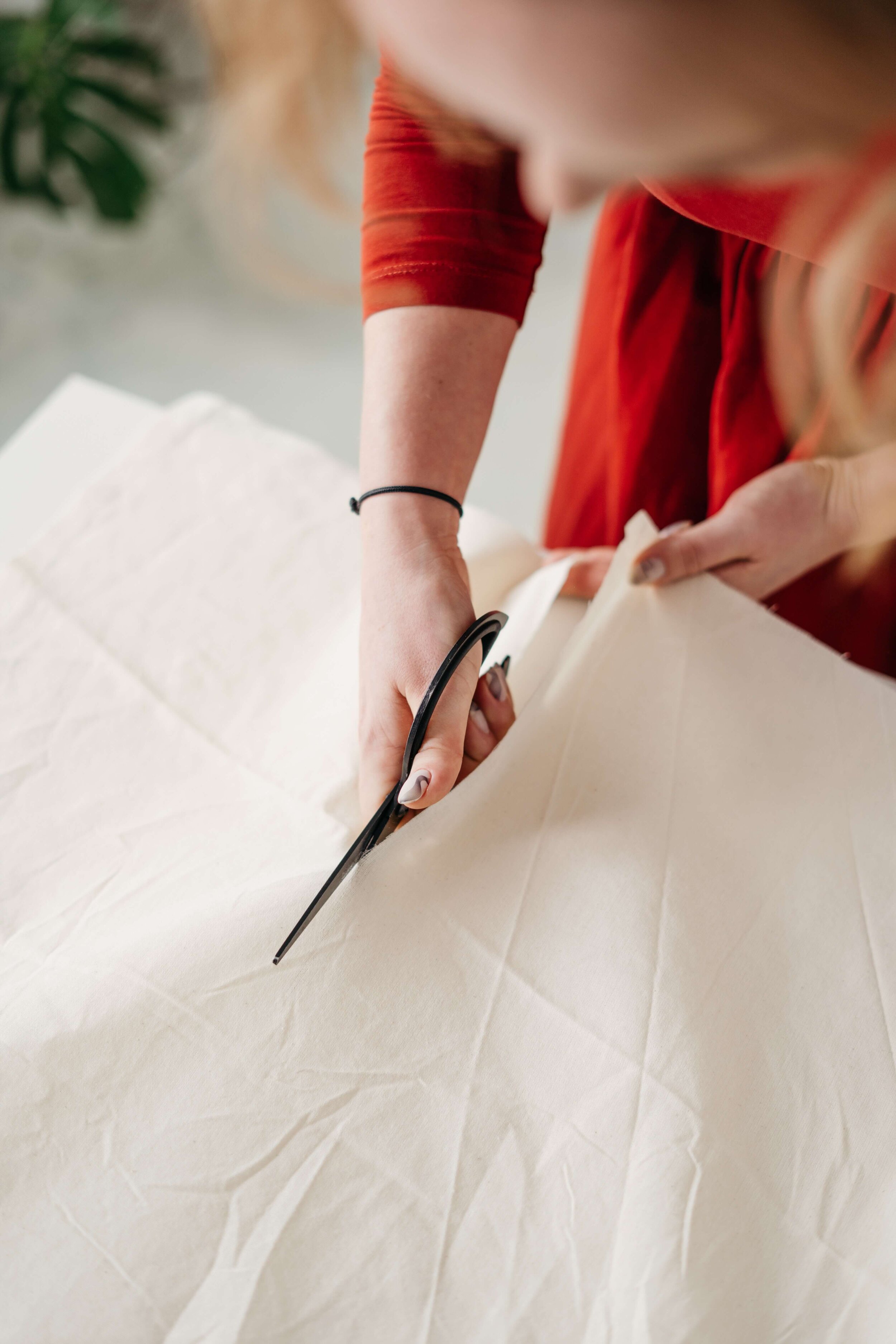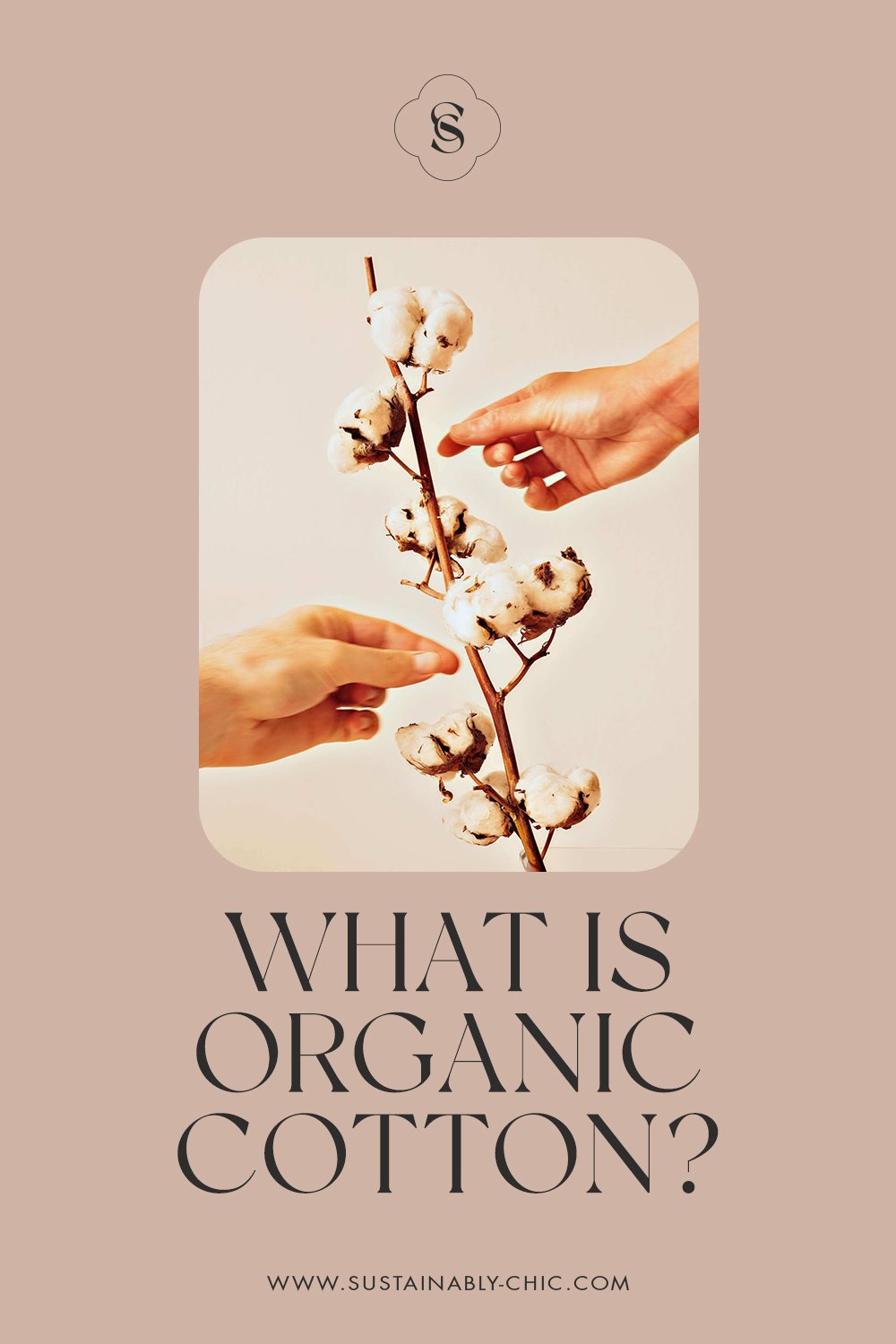Is Wool Sustainable?
Wool is a go-to fabric for most people who live in a four-season climate: this fabric is comfortable, warm and soft. Who doesn’t have any bulky sweaters or cozy socks made of wool?
It has actually been used for millennia before us, for various purposes and in many parts of the world. As it is made from natural fibers, wool is often seen as a sustainable fabric. We also imagine free-range sheep grazing in green fields and being happy to be shorn every year.
But what is really happening in the wool industry? Wool production comes with different environmental and ethical issues. This fabric is generally not as eco-friendly as we might think and animal welfare is often not a priority for sheep farms.
How sustainable and ethical is wool exactly? And why? Let’s find out together!
What is wool and how is it made?
What is wool?
Wool is a natural fiber obtained from sheep and other hairy mammals like goats and camels, and it is mainly used for garment production.
The story of wool begins in Mesopotamia, where it has been used since around 10,000 BC when sheep were domesticated. Back then, humans used their skin to keep warm, and they were a great source of food.
As a few millennia passed, humans learned to spin and weave wool to create warm clothes, boots, blankets and carpets. Wool production was exported far beyond the region, and between 3000 and 1000 BC, the Greeks, Romans and Persians distributed wool throughout Europe.
England, Spain and Italy became important producers and exporters, with thriving wool industries, especially during the medieval period. The Spanish wool trade helped fund the voyages of Columbus to America, and wool textile exports accounted for two-thirds of England’s foreign commerce in 1660.
At the end of the 17th century, the wool industry flourished in North America as European immigrants arrived on the continent with sheep.
The more modern production techniques and technology introduced during the Industrial Revolution greatly contributed to the soaring wool industry throughout the world. However, wool production fell in the middle of the 20th century due to the growing demand for synthetic fibers.
In 2018, more than a billion sheep were used to produce over two million kilograms of raw wool. To put things into perspective, this material accounts for 1.1% of the world’s global fiber market.
There are more than 1,000 sheep breeds around the world, and the largest wool producers are Australia, China and New Zealand.
Why has wool been so widely used?
Wool has been so popular around the world for so many centuries because it has many great properties.
Wool is a bulky fiber, which means that it retains a layer of air next to the skin, making it a good temperature regulator. As a result, wearing wool clothing helps insulate the body, keeping it warm in the winter and cool in the summer.
Wool is comfortable to wear, has a high level of UV protection, and is both hypoallergenic and breathable, so it’s an ideal fabric for clothing. It is also very easy to spin, and it takes dyes beautifully.
Another great characteristic is that wool is very elastic as it can stretch up to 50% of its original length. So wool fabrics do not lose their shape or wrinkle easily.
Wool can also absorb up to 40% of its weight in water, meaning that clothes made of wool absorb body sweat, release it and dry by themselves.
It is also a very durable material, and it is resistant to flame without chemical treatment as each fiber contains moisture.
For all those reasons, wool has been used in various industries, the main one being the fashion industry. It is also commonly found in bedding, carpets, insulation, home textiles, and even in the protective garments worn by firefighters!
How is it produced?
We can find the most common wool from sheep, but we can also produce wool from many other animals, such as alpacas, Angora rabbits, camels, Cashmere and Angora goats…
Many breeds of sheep are also used, resulting in various types of wool fabrics, like Merino wool or Shetland wool. Some fabrics are even made from lambswool!
To produce wool, sheep are shorn once a year: the shearer shaves the sheep with a shearing machine and ends up with up to eight to twelve pounds of fleece.
The fibers are then divided depending on how thick and long they are, and they are washed to remove dirt, vegetable matter, grease and other impurities.
Clean wools are mixed together to help unify their colors and quality, and they are ready to be dyed. Wool can actually be dyed at different moments during the production process (at the fiber, yarn, fabric or garment stage).
The next step is the carding process, during which the wool passes through a system of wire rollers that help straighten the fibers and form a thin web of aligned fibers. This thin layer of material is divided into fine strips that are scoured, rolled and stretched into slivers.
If the fibers are shorter and coarser, the machinery twists the slivers into ropelike strands and winds them into balls that are spun into woolen yarns. If the fibers are longer and finer, the slivers go to the combing and drawing steps and are spun into worsted yarn.
Afterward, the yarns are either woven by interlacing two sets of yarn at right angles or knitted by interlocking rows of yarn and loops. The weaving and the knitting processes leave us with a very large variety of different wool items.
Finally, wool products undergo an inspection, and manufacturers can put them through different procedures to improve the wool quality. Depending on their end-use, several chemical treatments may also be applied to the fabrics.
How sustainable and ethical is wool?
Is it a sustainable material?
Since wool is made from sheep or other animals, it is a natural material. So we can easily think that it is sustainable, but it is not that simple…
As long as there are sheep on our planet, humans will be able to produce wool, so it is a renewable material, and it is also one of the most recycled fibers in the world.
Wool is usually biodegradable, so you can compost your wool clothing at the end of its life, as it will decompose naturally after only a few months. However, a large proportion of wool products are labeled "SUPERWASH", which means that they were treated so that they can be machine-washed. When it is the case, wool is contaminated with synthetic chemicals and is thus no longer biodegradable.
Moreover, wool products usually contain very harsh chemicals, dyes and finishes that can be released into the environment at different stages of the products' lifecycle.
Another major issue is that wool is the highest greenhouse gas emitter during the fiber production phase compared to all other fabrics. Indeed, sheep are ruminants, meaning they release huge amounts of methane into the atmosphere. And we need to remember that methane has 21 times the global warming potential of carbon dioxide!
Producing wool requires a lot less energy and has a lower carbon footprint than many other fabrics. But animal farming requires huge portions of land to be kept clear to make room for grazing.
Even though sheep can be raised on non-arable land, deforestation is very common: trees are cut down, which releases carbon dioxide and causes many environmental issues, such as erosion, biodiversity loss, and increased soil salinity.
The increasing flock sizes also lead to overgrazing in certain regions of the world, like Patagonia. This contributes to the desertification of already fragile landscapes and the displacement of native wildlife.
To sum up, while wool has some environmental benefits, I don't think it is a sustainable fabric.
How ethical is it?
Since it is a fabric made from animal fibers, wool production comes with different ethical issues.
One of the most striking ones is that sheep often endure painful and inhumane practices, such as mulesing, tail docking and castration, generally done without pain relief when the lambs are only a few weeks old.
Tail docking, meaning cutting the sheep's tail, and mulesing are practiced to prevent flystrike, which happens when flies lay their eggs and burrow into the sheep's flesh. Banned in New Zealand but still practiced in other parts of the world, mulesing involves cutting skin from the lamb's buttock.
As you can imagine, such practices are very bloody and painful for the animal. Flystrike can actually be avoided without harming the sheep, yet mulesing and tail docking are still very common in the wool industry.
There is evidence of other inhumane practices that sheep and other animals must endure. A few years ago, a video was released showing an angora farm in China, where angora rabbits were ripped out of their wool so brutally that we could hear them scream in agony.
The organization collected video footage showing workers in a South African angora goat farm lifting goats by the tail and dragging them by their legs. They were also caught cutting the throats of fully conscious animals.
Workers in the wool industry are usually paid very poorly and by the volume. It means that they need to shear the animals as quickly as possible. This not only shows how stressful their working conditions are, but the extreme working rhythm contributes to the mistreatment of animals: they are often cut so deeply that they need to be stitched.
Not to mention the fact that animals are kept in increasingly cramped conditions, they are often sprayed with insecticides, which contain hazardous chemicals for the farmers and the sheep.
Sheep are generally killed for their flesh as soon as their wool quality degrades. Before they are slaughtered, they are sent on live export ships where they must endure conditions so bad that many die of starvation, stress and heat.
Another unethical issue is that, since sheep are usually bred to be born in the winter, millions of lambs die each year because of the cold, neglect and starvation. Breeders also selectively bred sheep to have more twins and triplets. Those tend to be weaker and die more easily, and their mother is more likely to have birthing complications.
All those harmful practices are common in the wool industry, making it a very unethical material.
Better alternatives to conventional wool
We saw the impact wool production has on the environment, workers and animals. However, there are different types of wool, depending on which animal produces it.
It is difficult to determine which type of wool is more sustainable, because there is little data on the topic. But a few types of wool are known to be better than others.
Chianti cashmere is a more sustainable and ethical cashmere. It is made from goats raised in Tuscany on abandoned and weed-covered lands to prevent overgrazing. The cashmere goats are not shorn but combed painlessly, and the farmers use predator-friendly tools to coexist with wolves.
Alpaca wool is also believed to be more sustainable than other types of wool. Mainly bred in the Peruvian Andes, raising alpacas is more gentle on the environment. These animals can live on poor pastures, and they have cushioned paws that do not damage the soil.
Alpacas also eat grass by cutting it instead of pulling it out by the roots, thus allowing it to grow again. They need very little food and water to live, and they produce enough wool to make four or five sweaters per year, compared to only once every four years for cashmere goats.
However, while alpaca wool is more sustainable than other types of wool and it is less prone to mass-scale farming, workers on a Peruvian farm were caught brutalizing alpacas and treating them very rough. It’s worth being aware that typically when these fibres are coming from a commercialised industry, the animals are slaughtered when they are no longer profitable, just like with sheep.
It shows that, even though some types of wool are more sustainable than others, it is difficult to know for sure if they are more ethical and if animals are treated well. So, how to find more ethical wool?
Wool certifications and standards
Two main certifications aim to ensure the fair treatment of animals in the wool industry: the Responsible Wool Standard and the ZQ Merino Standard. However, they are far from being perfect!
Both standards prohibit mulesing, but they allow tail docking, and they do not require pain relief to do so. They also do not prevent the practice of winter lambing.
What’s more, while neither the ZQ Merino Standard nor the Responsible Wool Standard allows selling sheep into the live export trade, they can be sold to slaughterhouses.
You can find a few other certifications, but like for these two, there is room for improvement.
Organic Wool
Organic wool seems to be a much more sustainable and ethical choice compared to the alternatives mentioned previously.
In GOTS-certified organic farms, sheep are allowed to roam and graze freely all year-round in very large portions of land, and they are treated a lot more humanely, with mulesing being prohibited. Tail docking is also prohibited shorter than the caudal fold, and precautions must be taken to minimize pain. Of course, it is not perfect, but organic wool is still better than non-organic one!
Organic sheep cannot be sprayed with insecticides, and chemicals are highly restricted. All livestock feed, forage and bedding must also be certified organic, and diseases are treated with a preventative approach, so antibiotics are not routinely used.
However, GOTS certified wool systems are permitted to slaughter sheep, and while they cannot be certified while mulesing sheep, tail docking is accepted, even without pain relief. This is a serious welfare issue for lambs.
Recycled Wool
Recycled wool is probably the best alternative to conventional wool (if we exclude other fabrics entirely).
Recycled wool involves reusing old wool garments and turning them into new products. Doing so diverts used wool fabrics from the landfill, reducing land use. In addition, it minimizes the use of chemicals and doesn’t contribute as much to environmental pollution.
Compared to virgin wool, producing one kilogram of recycled wool helps save 11 kg of CO2 and 500 liters of water. Recycling wool also does not cause any ethical issues because no animal is harmed or treated poorly in the process.
There are several certification labels you can look for if you want to make sure that you are purchasing recycled wool, the most famous one being the Global Recycled Standard.
And remember that buying second-hand wool is another way to “recycle” this fabric!
Conclusion
Thanks to its many beneficial properties, wool has been used for millennia, and it continues to be a popular fabric in the fashion industry in particular.
However, it is far from being sustainable, mainly because of the huge methane emissions produced by sheep. Wool production also comes with different ethical issues, especially regarding animal welfare.
Fortunately, some alternatives are more eco-friendly and ethical than conventional wool, even though most are not perfect. The best option seems to be recycled wool.
About the Author
Eva Astoul is a French freelance writer, specializing in content related to sustainability, simple living, and a growth-focused healthy lifestyle. She runs her own blog, Green With Less, to inspire people to live a more minimalist and sustainable life.
MAKE SURE TO PIN THE PHOTO BELOW TO SAVE THIS POST FOR LATER!
WANT SUSTAINABLE BRANDS? VISIT OUR BRAND DIRECTORY!
Our Brand Directory is home to hundreds of sustainable brands, from makeup to cleaning supplies, from underwear to shoes. We have broken everything down by category for easy shopping, along with discount codes unique to Sustainably Chic viewers.

